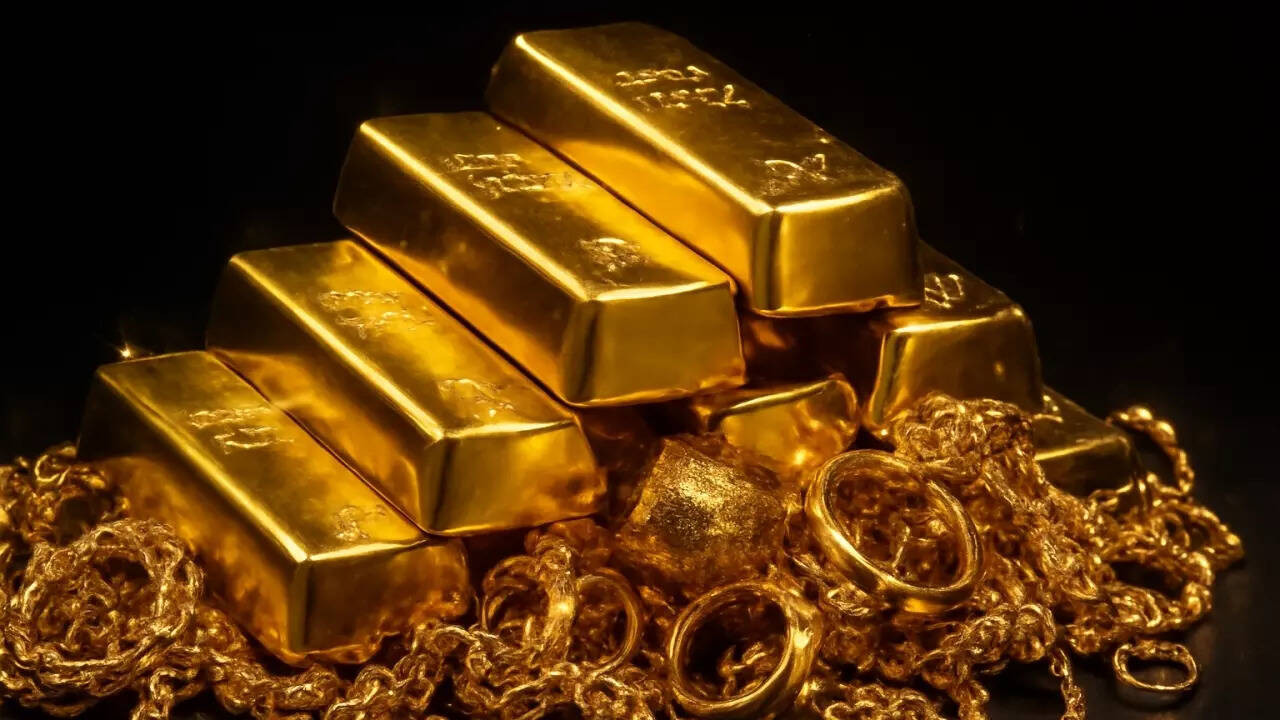Gold prices stabilized near $4,000 an ounce after China’s tax rebate changes for retailers and jewelers initially caused a dip. The new rules limit VAT deductions, impacting jewelry stocks significantly. Despite this, strong investor appetite and core rally factors suggest continued bullish sentiment for the metal.
Golden Days Tarnish: How China’s VAT Shift Could Reshape the Jewellery Market
The glitter on gold investments dimmed a little recently as news from China sent ripples through the global jewellery market. A seemingly technical adjustment to the country’s Value Added Tax (VAT) policy has triggered a wave of concern, particularly for retailers and investors banking on the enduring appeal of the precious metal. But what exactly happened, and why is everyone suddenly paying so much attention to tax regulations in the world’s largest gold consumer?
Essentially, China has scaled back a full VAT offset previously enjoyed by gold retailers. Previously, these businesses could offset the full amount of VAT paid on raw gold purchases against the VAT collected on their sales of jewellery and other gold products. This essentially acted as a subsidy, boosting profits and encouraging sales. Now, that offset has been reduced, increasing the tax burden on these businesses.
Why the Change and What Does It Mean for the Jewellery Industry?
The precise reasoning behind the change remains somewhat opaque. Some analysts speculate that it’s a move to crack down on tax evasion within the gold industry. Others suggest it’s part of a broader effort to rebalance the Chinese economy and optimize tax revenue. Whatever the motive, the immediate impact is clear: retailers face higher costs, which are likely to translate into higher prices for consumers.
This change in VAT policy hits retailers right where it hurts: their bottom line. The reduced offset means they’re paying more tax on each sale, squeezing profit margins. This could lead to several outcomes:
* Increased Jewellery Prices: Retailers may pass the increased costs onto consumers, making gold jewellery less attractive compared to other luxury goods or investment options.
* Reduced Demand: Higher prices could dampen consumer demand, particularly among price-sensitive buyers. This is a significant concern, given China’s role as a major driver of global gold demand.
* Inventory Adjustments: Retailers may be forced to reassess their inventory levels, potentially leading to decreased orders from gold suppliers.
* Business Consolidation: Smaller retailers with tighter margins may struggle to absorb the increased costs, potentially leading to consolidation within the industry.
The impact isn’t limited to retailers. Jewellery manufacturers, gold importers, and even mining companies could feel the effects of this policy shift. A slowdown in Chinese demand could cascade through the entire gold supply chain.
Global Gold Prices Remain Relatively Stable Despite News
Despite the jitters in the jewellery sector, spot gold prices have remained remarkably resilient, hovering near the $4,000 per ounce mark (converted from RMB). This suggests that while the VAT change has undoubtedly rattled the industry, broader factors are at play in shaping gold’s overall value. These include:
* Geopolitical Instability: Global uncertainties and conflicts often drive investors towards safe-haven assets like gold.
* Inflationary Pressures: Gold is often seen as a hedge against inflation, making it an attractive option during times of rising prices.
* Central Bank Policies: Interest rate decisions and other monetary policies by central banks can significantly impact gold prices.
* Investment Demand: Demand from investment funds and individual investors continues to play a crucial role in determining gold’s value.
While the Chinese VAT change presents a challenge for the jewellery industry, it’s important to remember that gold’s value is influenced by a complex interplay of factors. The long-term impact of this policy shift will depend on how retailers adapt, how consumers respond, and how other global forces shape the gold market.
How Will This Affect Long-Term Investment in Gold?
The critical question is whether this is a temporary hiccup or a sign of a more fundamental shift in China’s approach to the gold market. While reduced demand in the jewellery sector could put downward pressure on prices, other factors, as previously mentioned, could offset this effect. Investors should closely monitor consumer behavior in China and how retailers adjust their strategies. For example, will retailers focus on higher-end jewellery with larger profit margins, or will they seek ways to reduce costs and maintain affordability? Will this lead to increased investment in other precious metals?
<img src="image-of-gold-bars.jpg" alt="Close up of gold bars highlighting the allure of gold as an investment.” width=”600″ height=”400″>
Ultimately, the Chinese market remains a powerful force in the global economy. Any policy changes within China have the potential to create meaningful fluctuations in the gold and jewellery markets, creating new opportunities for those who are watching closely. To learn more about market fluctuations, check out our article on [understanding market volatility](internal-link-to-volatility-article).
The Future of Gold in China
The story of gold in China is far from over. While the VAT adjustment has introduced a new layer of complexity, the underlying factors that drive gold demand – cultural significance, investment appeal, and hedging properties – remain firmly in place. As the Chinese economy continues to evolve, so too will its relationship with gold. Investors and industry players alike will need to stay agile and informed to navigate this ever-changing landscape. Will China’s golden age continue to shine brightly, or will it require a new approach to sustain its luster? Only time will tell.







